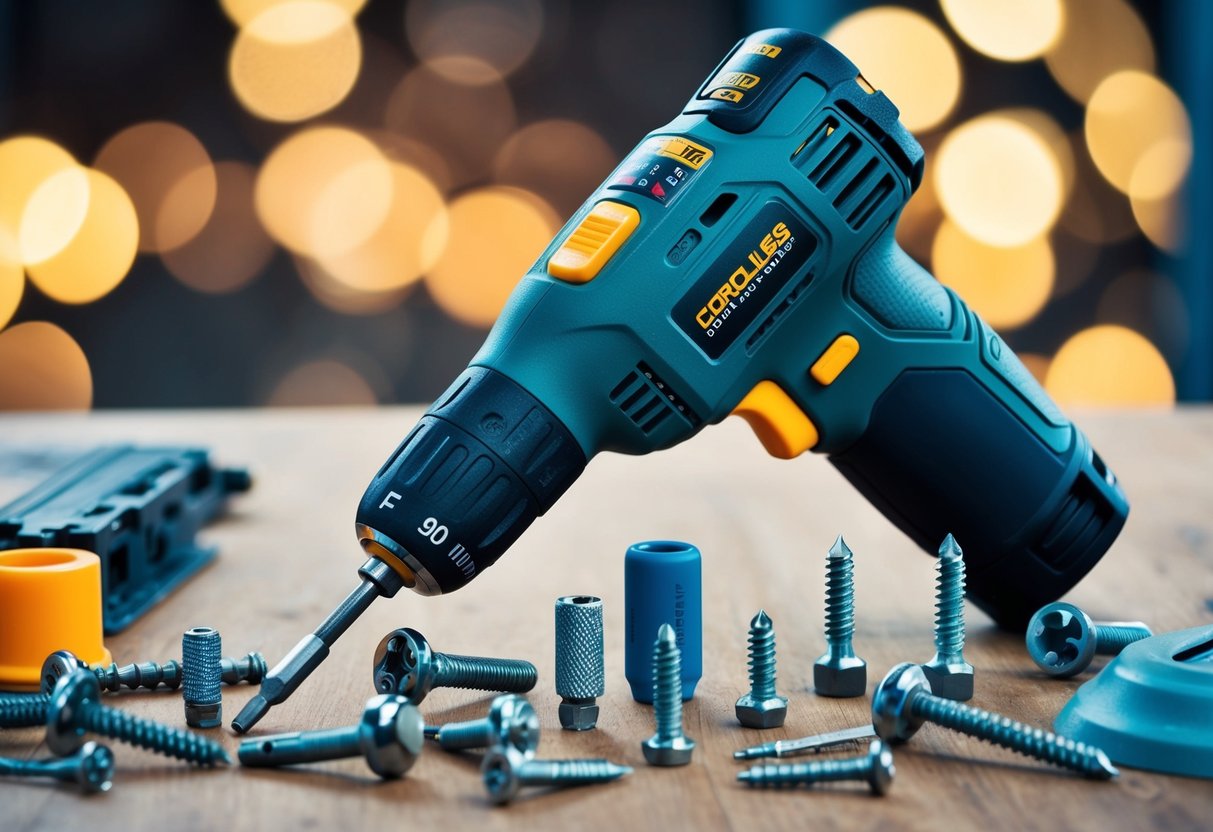Reviewing the Best Cordless Screwdrivers: Torque, Battery Life, and Versatility
Versatility Through Speed Controls and Settings

Cordless screwdrivers offer flexibility by providing multiple speed options to accommodate various tasks. The inclusion of speed control mechanisms enhances their functionality, making them suitable for different materials and applications.
Multiple Speed Options for Different Materials
Cordless screwdrivers typically offer variable speed settings, allowing users to adjust rotations per minute (RPM) based on the material they are working with. Wood, metal, and plastic each require different speed settings to ensure optimal performance. Lower RPM settings help prevent damage when working with delicate materials, while higher speeds are useful for tougher surfaces.
The ability to switch between speeds also enhances precision. Users can start slow to align the screw, then increase the speed to drive it in efficiently. This adaptability minimizes the risk of stripping screws, an important feature when handling various materials.
Speed Control Mechanisms and Their Uses
Speed control in cordless screwdrivers is managed through trigger sensitivity or integrated settings. These mechanisms allow the user to adjust speed seamlessly during operation. Some models feature a trigger that increases speed as more pressure is applied, offering precise control without needing to stop.
Other models come with preset speed settings that can be quickly adjusted with a switch. This offers consistent speeds for repetitive tasks, improving efficiency. These mechanisms make cordless screwdrivers not only versatile but also allow for more precise work across different applications, enhancing the tool’s usability in diverse projects.
Understanding the Ergonomics of Screwdrivers
Ergonomics play a vital role in the design of cordless screwdrivers. Key aspects include comfortable grips and adjustable handles, which help prevent repetitive strain injuries (RSI) and improve efficiency.
Design Features for Comfort and Efficiency
A well-designed cordless screwdriver incorporates features that prioritize the user’s comfort. The comfortable grip is essential, as it minimizes hand fatigue during extended use. A soft, rubberized handle can enhance grip and reduce vibration, leading to a more pleasant experience.
Adjustable handles allow users to modify the tool’s position to suit specific tasks. This flexibility can be particularly useful in tight spaces or awkward angles. Pistol-grip designs, for example, provide leverage and control, making it easier to apply consistent force with minimal strain.
The placement of controls is another crucial factor. Intuitively positioned switches, such as forward and reverse triggers, ensure that the tool is easy to operate. Together, these features contribute to efficiently completing tasks while maintaining user comfort.
Preventing RSI with Ergonomic Tools
Repetitive strain injury (RSI) is a common concern for those frequently using screwdrivers. Implementing ergonomic design elements significantly reduces the risk of RSI. Tools with a comfortable grip and adjustable handle enable users to maintain a natural wrist position, decreasing tension.
Weight distribution also plays a role in preventing strain. A well-balanced screwdriver reduces stress on the user’s hand and wrist. Pistol-grip designs are favored for their ability to offer better control and support.
Investing in ergonomic screwdrivers is a proactive approach to minimizing discomfort and maintaining productivity. By prioritizing features that align with proper ergonomic principles, users can work efficiently while safeguarding their health.



